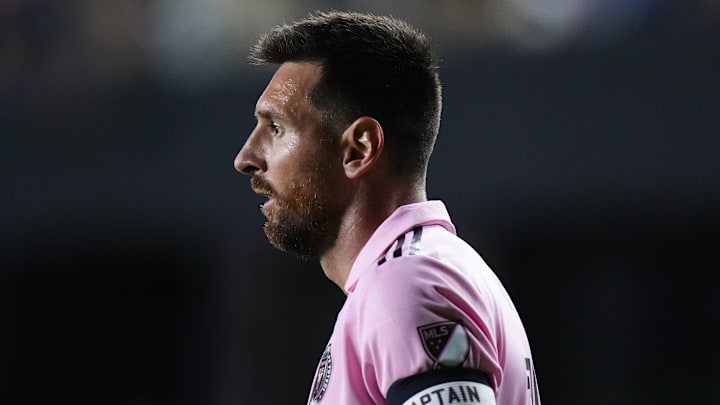Major League Soccer (MLS) has distinguished itself not only for the talents on the field but also for its intriguing rules regarding foreign players. As the North American league becomes an increasingly attractive ground for athletes from all corners of the globe, the challenges posed by foreign player restrictions add a fascinating and at times complicated layer to the landscape.
A peculiarity of the system is the average limit of eight foreign players per team, shared among the 26 MLS clubs. However, this limitation reveals interesting nuances when it comes to Canadian clubs, which are allowed to fill up to three extra slots with foreign players who have been under contract with other Canadian clubs in the last year.
Follow MLS Multiplex on X (Twitter).
The recent transfer of Lucas Moura to LAFC is a concrete example of the implications of these rules. The player, signed by São Paulo, had to be rejected by LAFC due to the club reaching its limit. This dynamic adds a strategic dimension to the transfer market, where the pursuit of international talent often turns into a complex dance of openings and contracts.

Another intriguing aspect is the possibility of "buying" or "trading" slots between clubs. Inter Miami, in securing the signings of Lionel Messi, Sergio Busquets, and Jordi Alba, exceeded its foreign player limit but found a solution by acquiring a slot from the San Jose Earthquakes for $150,000. This practice highlights the flexibility and creativity of teams to navigate the imposed restrictions.
Furthermore, the visa issue adds a bureaucratic layer to the process. To be considered a local player, the athlete needs to obtain a U.S. resident visa (for U.S. teams) or Canadian or U.S. residency visa (for Canadian teams). This leads many players to pursue obtaining these visas, creating space for more foreigners on the teams.
Amidst these complexities, the MLS becomes not only a stage for global talent but also a laboratory of strategies, negotiations, and adaptations. While the challenges are evident, the opportunities for growth and innovation also stand out, making Major League Soccer a spectacle not only on the pitch but also behind the scenes.
